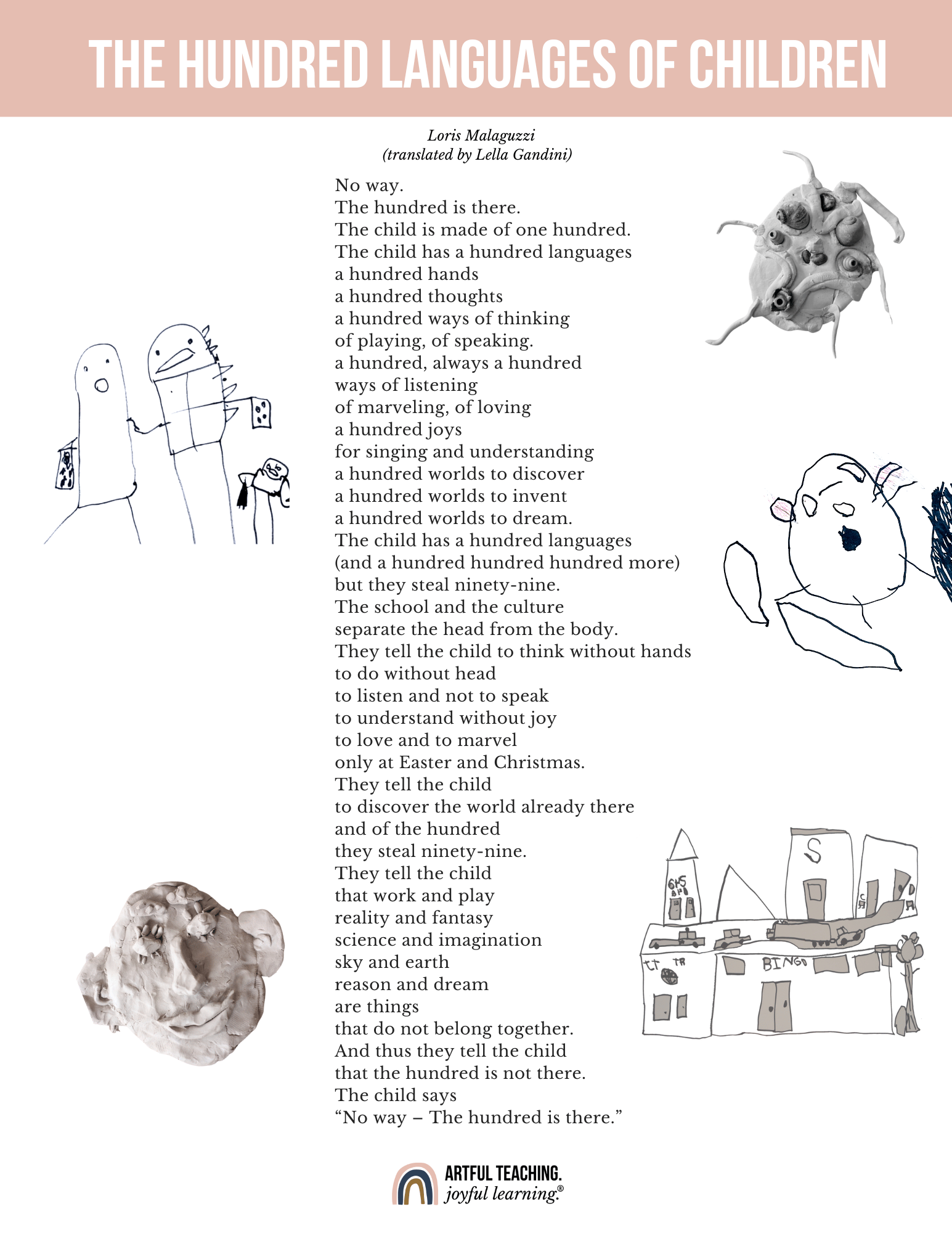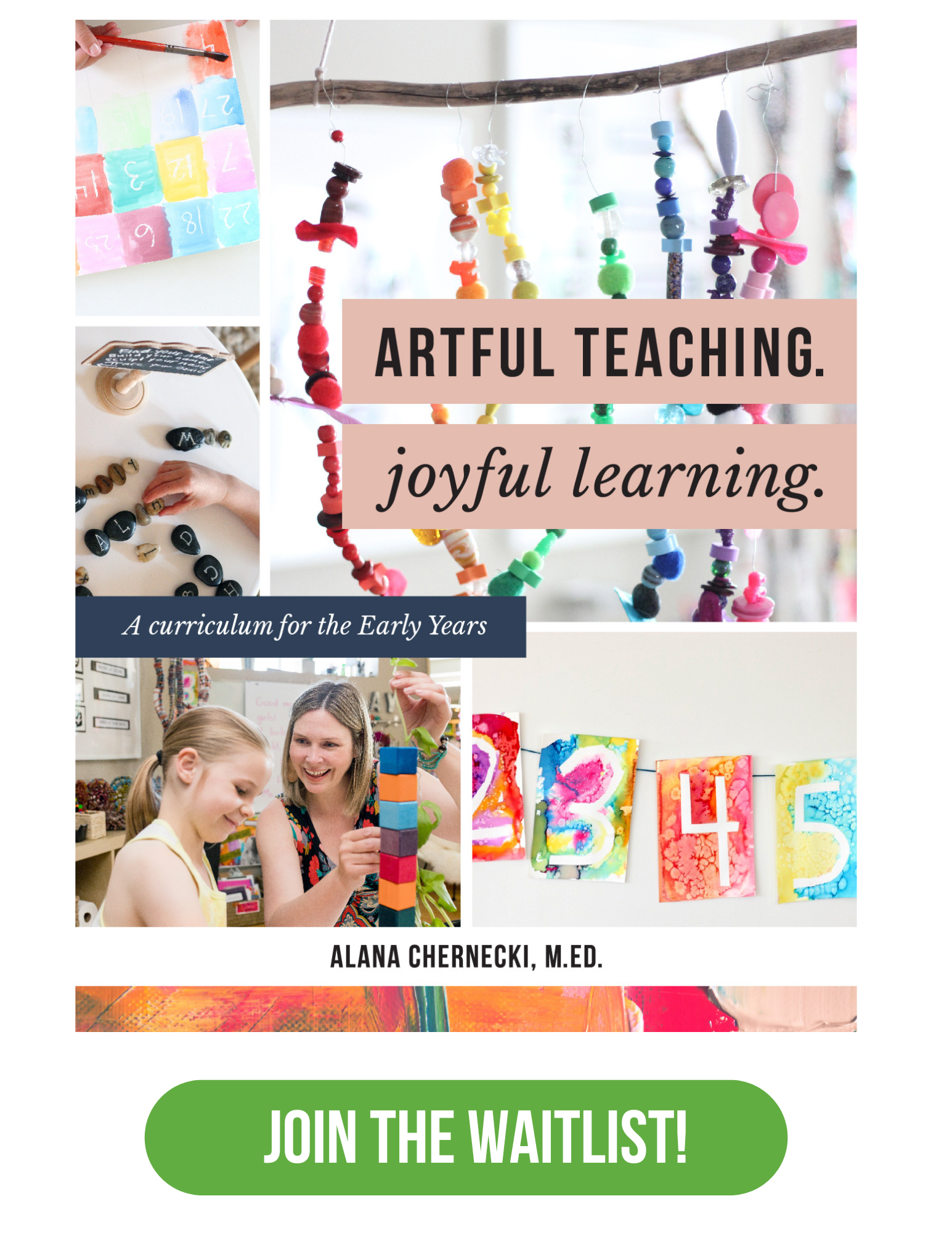From Worksheets to Wonder: One Hundred Languages of Children
Imagine you're teaching your child about plants.
Now imagine the learning going one of two ways.
- Worksheet style.
Paper, pencil, scissors, glue.
The lesson spans 20 minutes, and your child is done thinking about plants. They move onto the next thing rarely thinking or wondering about plants again.
- Hands-on, Artful Approach.
✅ soil
✅ trowel
✅ real flowers
✅ magnifying glass
✅ seeds
✅ watercolor paint
✅ paintbrush
The investigation and projects span days, even weeks. Your child is noticing, observing, predicting, labeling, creating, investigating, discussing and sharing their learning.
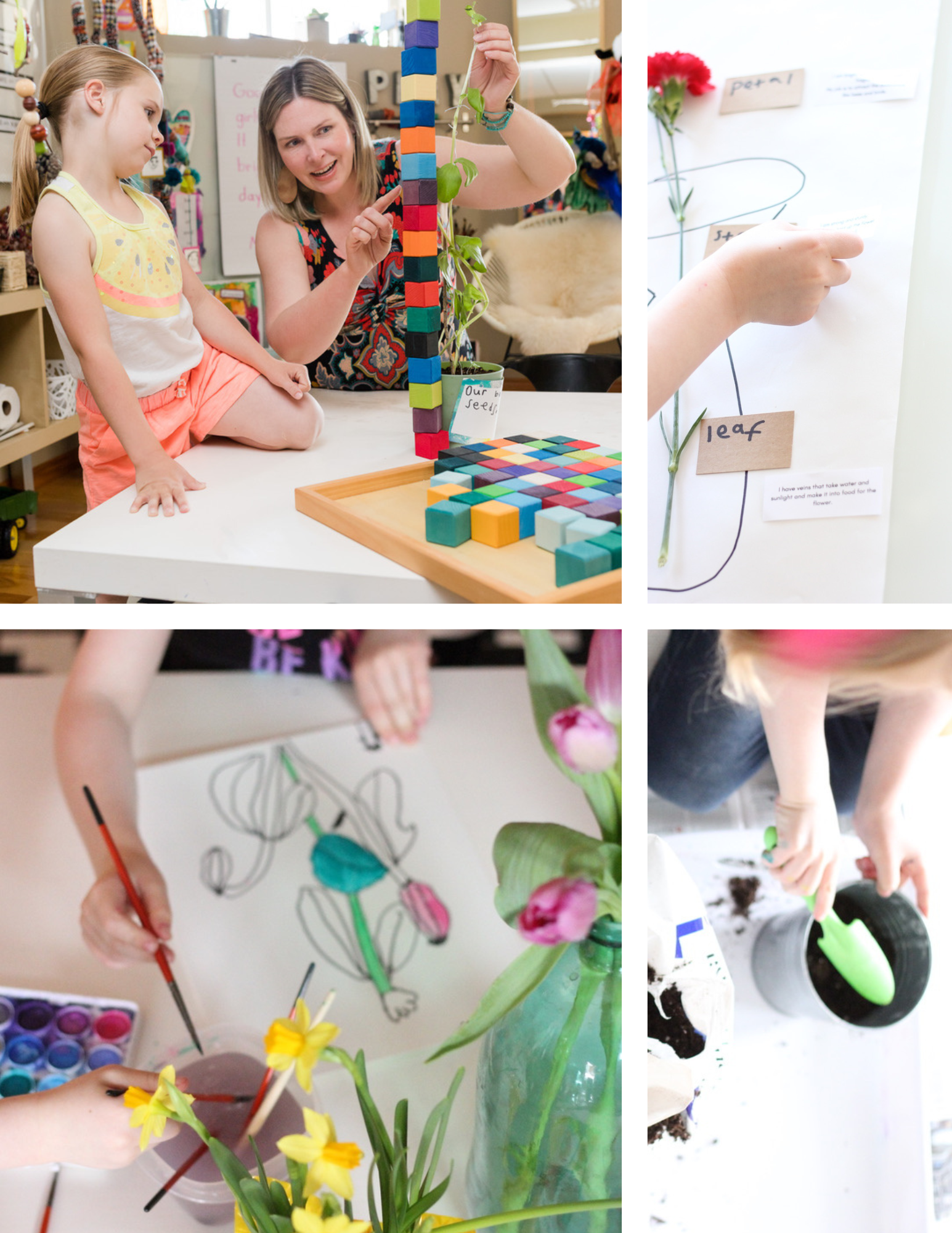
They are delighted, excited, motivated, engaged.
In which scenario would you rather be a participant? Where would YOU rather teach?
Now, I'm not saying "Toss out the workbooks!"
I believe in a balanced, integrated approach that uses children's natural hundred languages of learning. The "sweet spot" that blends the wonder of childhood with more intentional teaching.
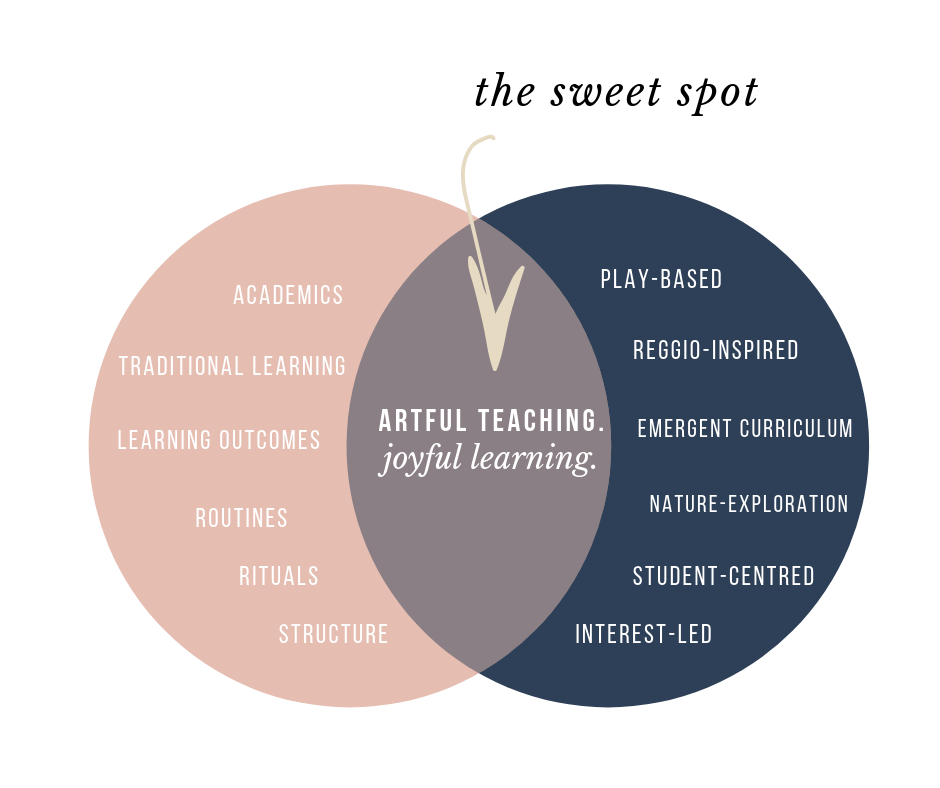 Did you know your child has one hundred languages???
Did you know your child has one hundred languages???
The Hundred languages of children is an important principle of the Reggio inspired approach. These languages aren’t simply about “verbal skills” but rather, the many many faceted ways children discover, communicate and learn. The hundred languages are symbolic languages - and refer to how children express themselves, how they perceive and how they share their thoughts and feelings about the world, and their learning.
These languages are symbolic and are open to the endless potentials in children. They believe in the potential of a child's ability to wonder. It is the belief that there are "multiple ways of seeing and multiple ways of being."
The most current educational research supports the idea that children learn in a variety of ways. In order to best support children in their journey of lifelong learning, we must provide our kids with a rich menu of experiences that build on their many ways of knowing. Our role is to offer different avenues for thinking, revising, constructing, negotiating, developing, and symbolically expressing their thoughts and feelings.
So what do these languages look like?
Symbolic languages from drawing, sculpting, pretend play, dance, construction, sculpting, writing, to painting are used to represent children’s thinking processes and theories. This kind of learning is multi-sensory and incorporates all five senses - sight, hearing, taste, smell, and touch - the most meaningful kind of learning for young children.
Imagine believing that children have the ability to express themselves in more than one way. Now times that by 100! Loris Malaguzzi, founder of the Reggio Approach, describes the "infinite ways that children can express, explore, and connect their thoughts, feelings and imaginings."
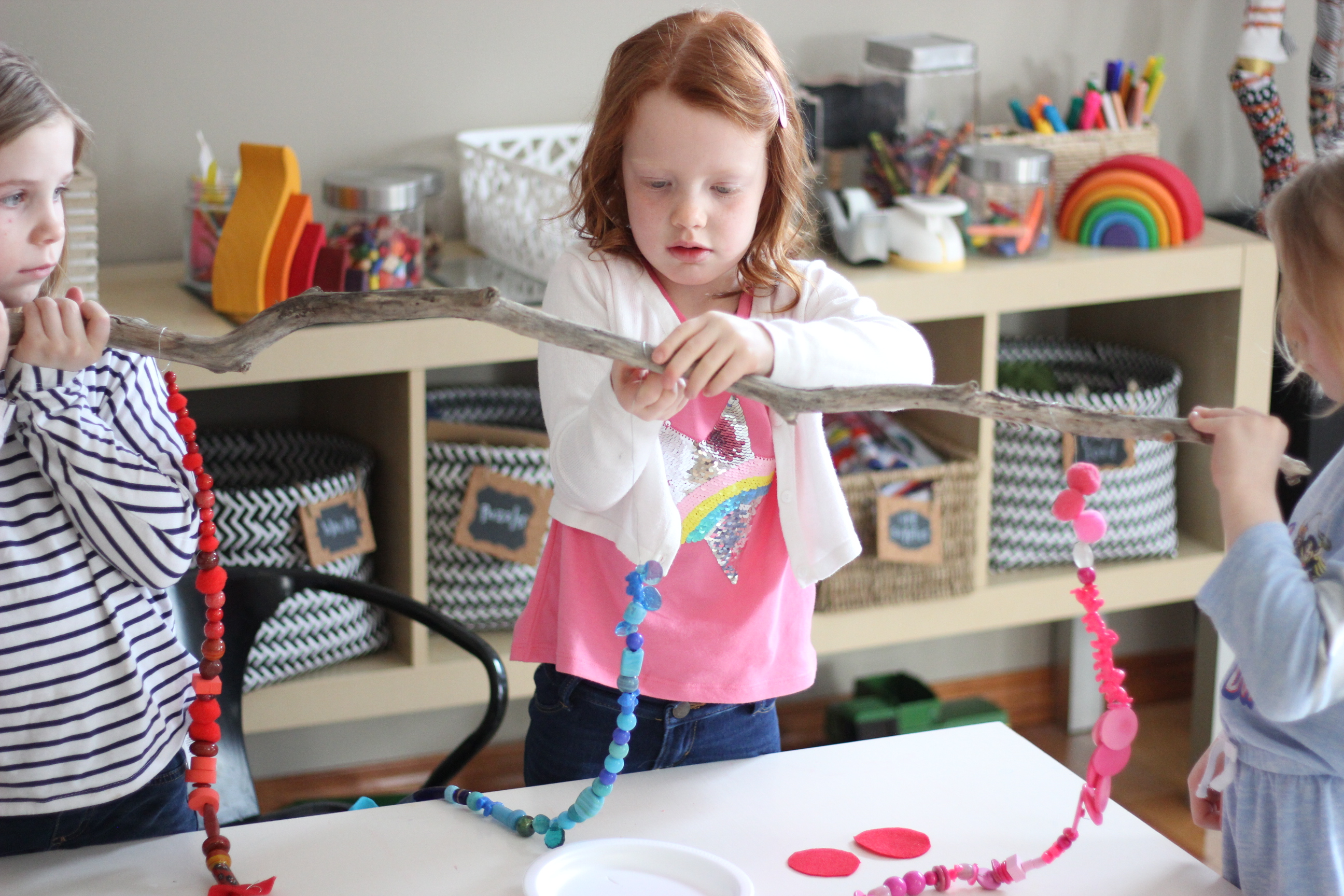
As children work through problems and ideas, they are encouraged to show their understanding using many different representations. Unstructured play and following a child’s curiosities by creating a nurturing, enriched learning environment also support the Reggio-inspired approach and a child’s hundred languages.

When I’m planning lessons for children, I like to look at a few things.
The first thing I wonder is, What are they curious about? and How can I further provoke these curiosities through their hundred languages?
The second thing I need to consider are the learning goals, or skills to be honed across the curriculum. Having been a teacher for so many years, I have these down to memory! But I know this is new territory for most parents. This is where having a curriculum or program, and using it as a guide comes in handy. Artful Teaching. Joyful Learning.® is an all-in-one curriculum that blends the magic of wonder, WITH more structured academics, through beautifully laid out plans and a structure for teaching.
When we take these two considerations: Children’s interests AND learning goals, coupled with the 100 languages of children - we can imagine some very interesting, wildly engaging activities that bring learning to life. This planning menu offers suggestions for how you might weave in the hundred languages in unexpected ways!
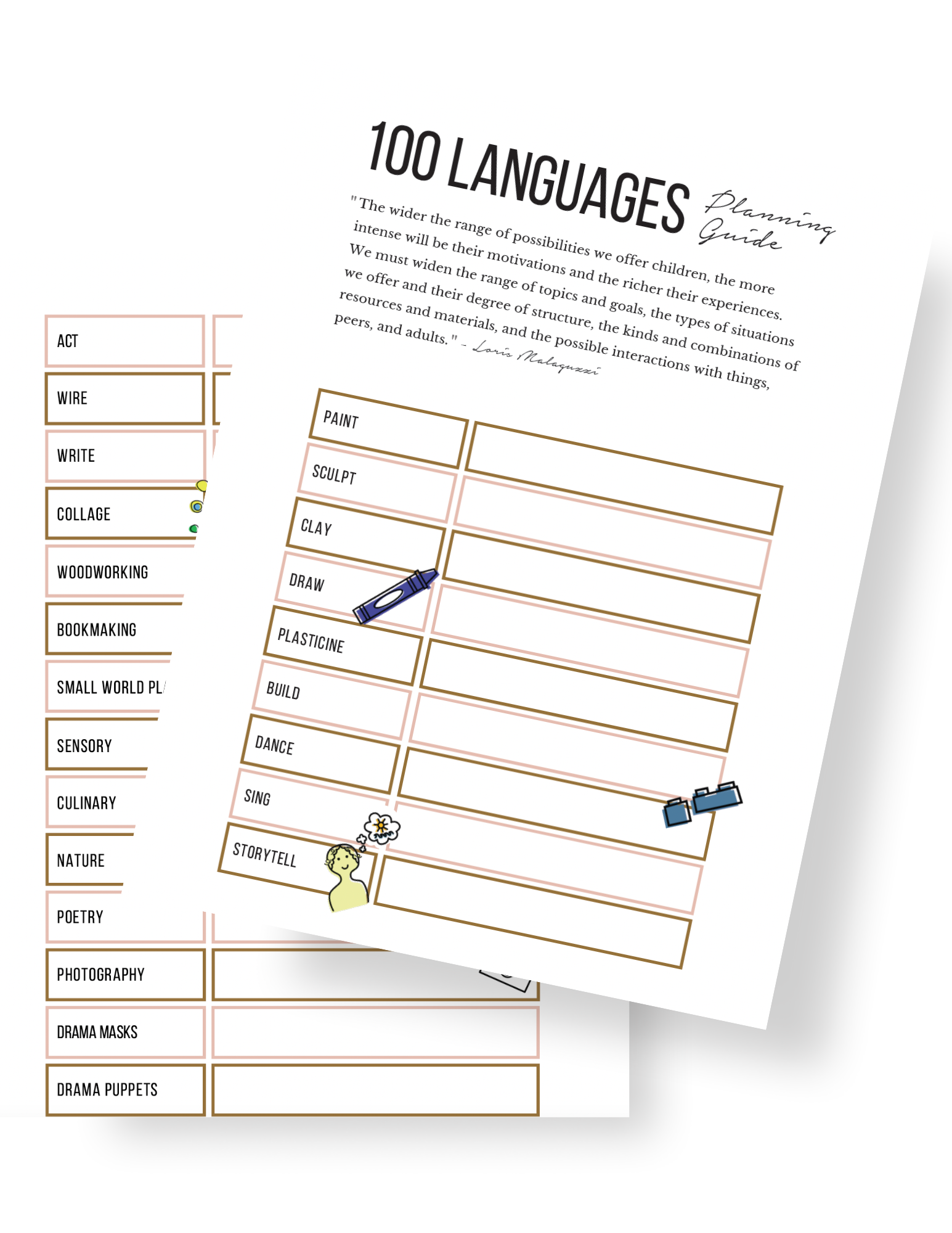

As father of the progressive education movement, John Dewey explained, learning is the act of reflecting on experience. When we encourage children to consolidate their understanding and reinforce and hone their skills through worksheets or “Joysheets™” as I like to call them, learning becomes further cemented, and it starts to make sense for our kids. The more opportunities to practice - in real life situations - what they are learning, the more concrete it becomes.
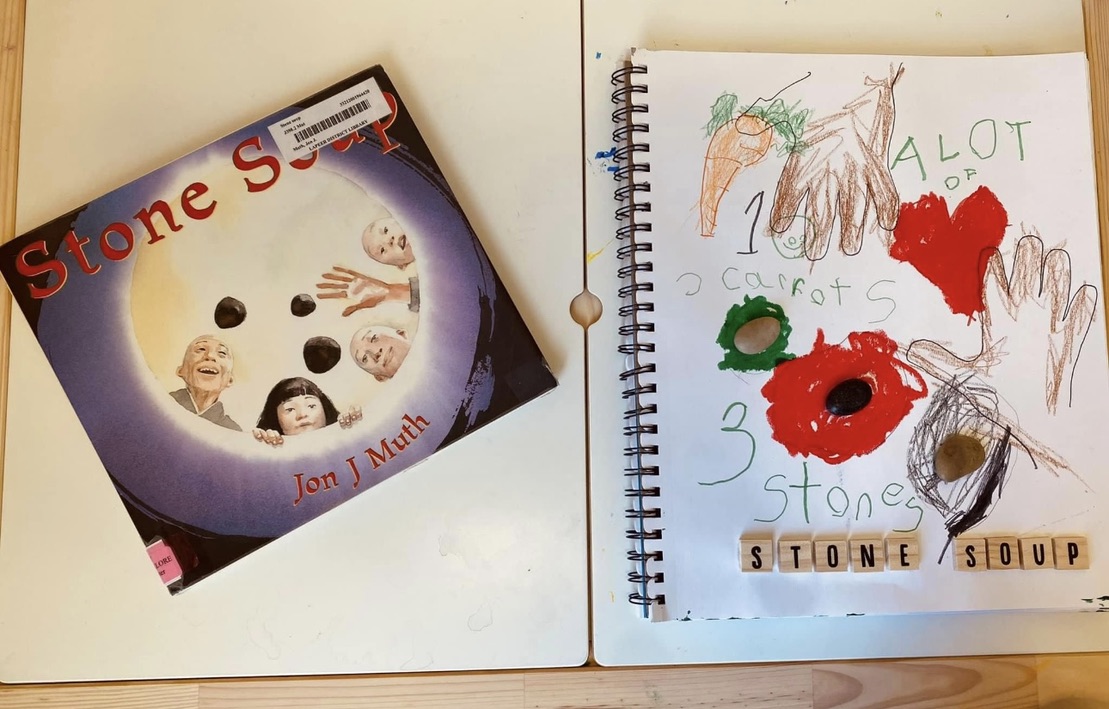
If you’re interested in seeing how this model plays out with kids - in under 1 hour per day! - come join me for a FREE InspirEd at Home Art + Play Based Enrichment Class!

You’ll discover how you can weave your child’s interests, important academics and wrap them up in a beautiful lesson that incorporates art, songs, poems and playful learning!
